Interview with photographer Amelia Morris
March 19th, 2016 by Cary Benbow
An Honest Assessment – a conversation with Amelia Morris
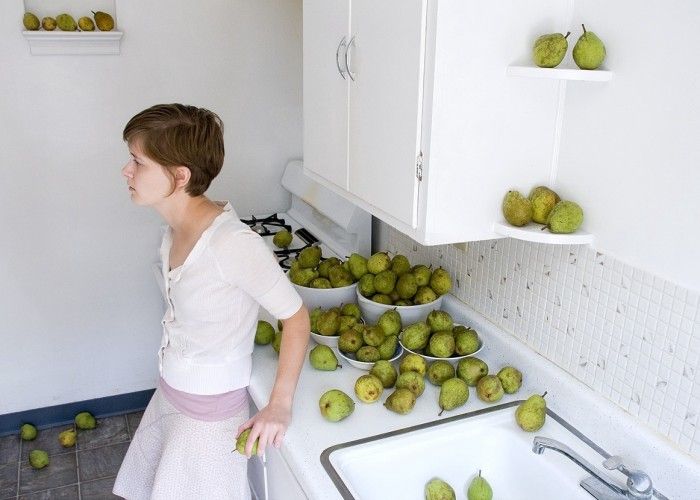
I’m burdened by expectation.
Amelia Morris is a photographer and mixed media artist working with themes including identity, memory, and self-perception. Her imagery’s autobiographical content is expressed through both literal and symbolic self-portraiture, and what she lovingly calls “low-grade performance art.”
This is art driven by deeply personal experiences, divulged like a confession to the viewer. Amelia Morris’ work is often raw — but not in the sense of being brazen or brash. It is intimate and raw due in part to the autobiographical nature of the themes she addresses. We, the viewers, are privy to these confessions — often presented with either melancholy, or dark-humored wit. One can’t help but snicker at her image of someone (presumably Morris herself) hanging out the back end of a car, when the image is titled “I love my ‘lil deathtrap”.
But Morris’ work goes far beyond witty images and titles. Through her staged self-portraits and documentation of provocative pennant banners, the ‘An Honest Assessment’ series explores anxiety, inadequacy, anger, disappointment, and other feelings that are often socially avoided in open discussion. The photographs serve as both private confessions and public declarations of living through these emotional states.
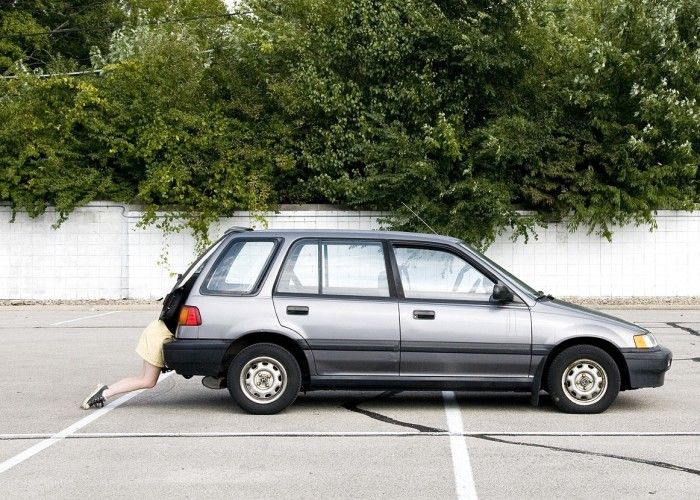
I love my ‘lil deathtrap.
In Morris’ statement about her work, she says, “I have trouble maintaining my own psychological well-being and acknowledge the ridiculous paradox of feeling miserable when everything else in life seems to be fine. In that spirit, the elements of handmade whimsy in these photographs intentionally mock these heavier emotions. This is a light-hearted portrayal of serious concerns.”
Years ago, during a time of artist’s block, Morris was dealing with several personal disappointments and found it impossible to force herself to make something happy. During this time, Morris says, “I researched an assignment/project by Miranda July and Harrell Fletcher: Learning to Love You More. Participants were encouraged to take a personal positive mantra, translate it into a colorful display, and hang it where someone who might need to read those words could see it. I decided my banners could retain the outward cheeriness of the original assignment juxtaposed with the less optimistic statements floating through my subconscious. Each piece of the banners are hand-cut and sewn, a labor-intensive but meditative process, and the finished object is photographed in a meaningful setting. Completing each piece offers the catharsis of expressing troubled thoughts and emotions.”
But if the viewer is expecting overly dramatic, cliché “tortured soul” images, there are none to be found. Morris presents her well-conceived and thoughtful images in a way that transforms allegorical vignettes of her life into examples of coping, and hopefully healing, with the intangible troubles many people face at some point in their lives.
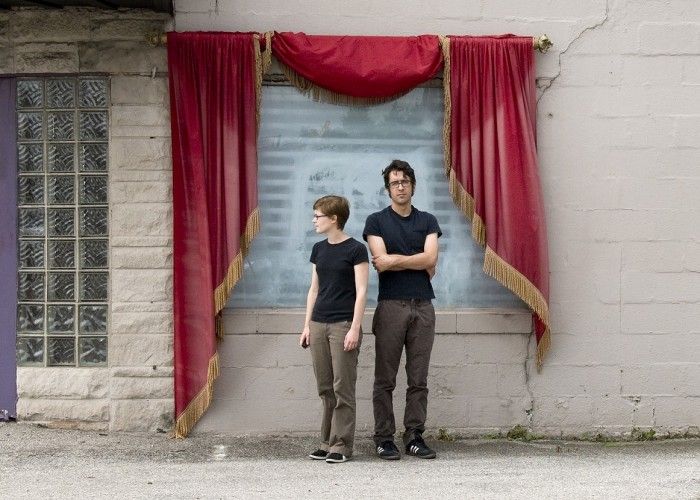
You know how he feels about power couples.
Q&A
Cary Benbow (CB): Why do you photograph?
Amelia Morris (AM): Growing up, I was lucky to have a few really great teachers who nurtured my interest in art and exposed me to as many techniques as an inner-city public school could. I always enjoyed standard art class exercises like drawing and painting, but would become frustrated when I couldn’t accurately translate my subject or ideas. My first real experience with photography came as part of an eighth grade mentorship program which matched students at my experimental middle school with people working in our areas of interest.
When I first started taking photographs, I considered it a means to further explore my world and share it with whomever might be interested. While learning photography I went through a strong phase of documenting trash and blight with the intent of finding something inherently beautiful in it. Looking back, I think I was also trying to express: “Even though I appear to be the usual middle-class white kid, this is where I grew up, so don’t think you have me figured out.”
These days I’m still drawn to photography because it implies an element of definitive truth (the idea of “pics or it didn’t happen”) combined with the fact that, like any creative outlet, photography can produce fiction. Since my photos are based on autobiographical experiences, I’m interested in how memory or perception can skew how I express my ideas and how an audience then interprets the information by taking it as face value or questioning its authenticity.
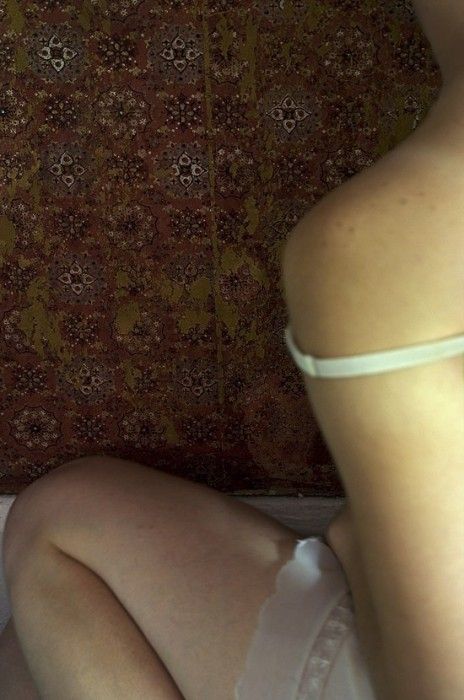
The Kitchen — from ‘Familiar Patterns’ project
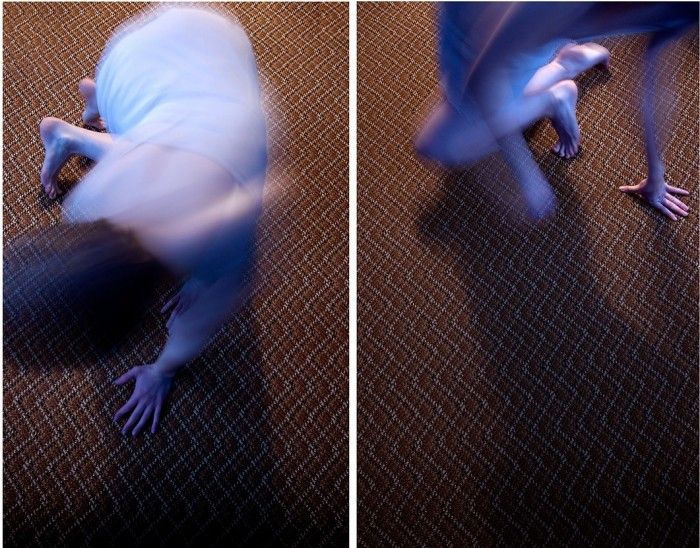
The Bedroom Rug — from ‘Familiar Patterns’ project
CB: What or who are your main photography inspirations — and why?
AM: I feel like I’m constantly discovering new image makers (not just photographers), powerful artwork or hearing a new philosophy that lends some inspiration, but here are a few artists I enjoy:
I think I discovered Francesca Woodman in my junior year of college and immediately felt drawn to her work due to her performative use of the self portrait. Looking at her work, I always feel like I’m witnessing some private and mysterious ritual where the artist is both vulnerable and self-possessed in her control of the situation. There’s something about how her actions make relatively ordinary spaces feel so dreamy. Her self portrait behind pieces of wallpaper stops me in my tracks every time I see it.
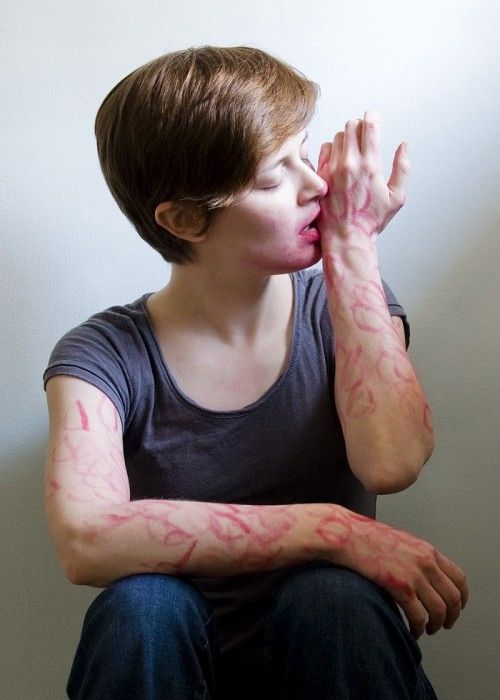
You can’t say I’m not trying.
I really enjoy Lorna Simpson’s work, especially those pieces utilizing text. I remember spending lots of time in front of her untitled piece at the Indianapolis Museum of Art trying to decipher her message. I’m inspired Simpson’s use of text because it can raise more questions than answers. The ambiguity is intriguing. I don’t want everything to be spelled out.
I’m drawn to Joel Peter Witkin’s photographs in the same way that people have trouble looking away from car crashes. It’s disturbing and gross and sometimes nightmare-ish — and yet so strangely beautiful and sensitive and well-composed that I can’t stop studying them. I love that dichotomy.
My teachers are definitely an inspiration. Again and again, I’m drawn to the surreal, and Mark Sawrie’s provocative use of the figure in this photographs, including his own, fits into that category. Jacinda Russell’s exploration of her own life and family history has helped me pause to consider my own inner monologue might be worth expressing.
CB: Your work is very specific to your life experience and emotions… Do you feel it translates well to other people’s experiences or lives?
AM: I don’t make work with the direct intention of addressing some universal theme. The images are meant to illustrate a particular thought or emotion or situation I’ve found myself in. But with that being said, even though at the time we may feel that we are alone in our experiences, we really aren’t that unique. I think that given a little life experience, we can relate to someone else’s creative expression, and I’ve seen that in people’s reactions to the work.
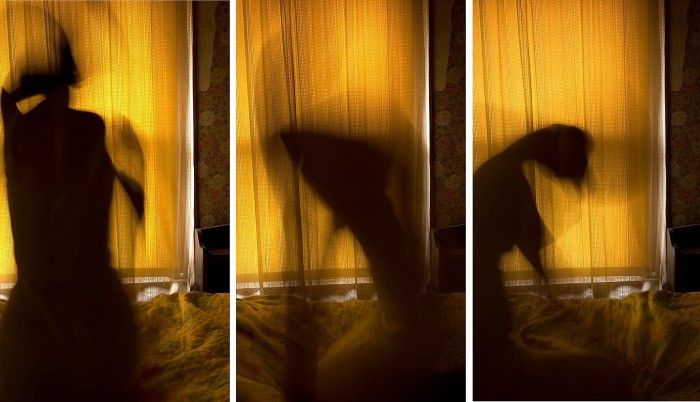
The Bedroom Window — from ‘Familiar Patterns’ project
CB: Tell us more about the ‘An Honest Assessment’ series.
AM: I graduated from college with several accolades and couldn’t help but feel optimistic that I’d be able to go out and do interesting things in my field. Unfortunately, for a variety of reasons I entered a dry spell, creatively, professionally, and socially. I felt stuck. Meanwhile, my younger sister continued to experience success in her creative life as thespian and stand up comedian which was constantly celebrated by my family. I began to feel no one really cared about me or what I had worked so hard to accomplish. I was being eclipsed.
At some point, I realized I could illustrate this feeling through a double portrait of my sister and me. In the photo, everything seems to be going as planned, except a mysterious breeze has caused my sister’s hair to fly up and obscure my face. It felt like a great metaphor for how I was feeling. The title from the piece comes from a comment a relative made at family gathering. Things people say, especially hurtful things, stay with me, but it feels cathartic to use in the piece.
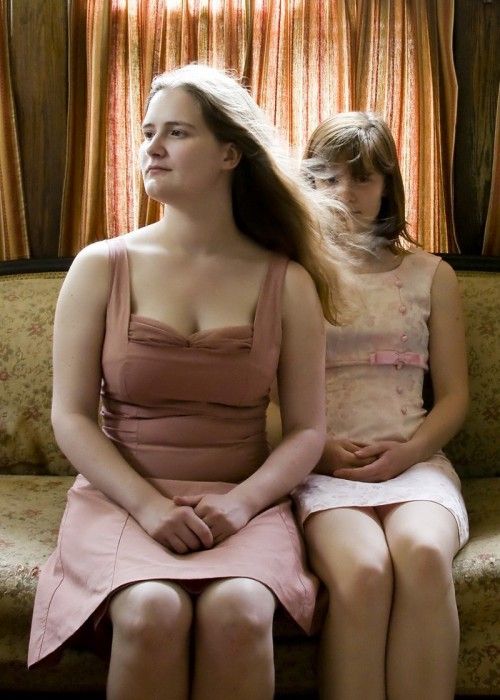
She asked what I’d do when my sister is famous. I replied, ‘Probably the same thing I’m doing now.’
The series is ongoing but purposely slow-going. I’m really inspired by Kelli Connell’s Double Life, a series that began in 2002 that continues to grow as she and her model move through their lives. If the work is good and relevant, I want to stick with it.
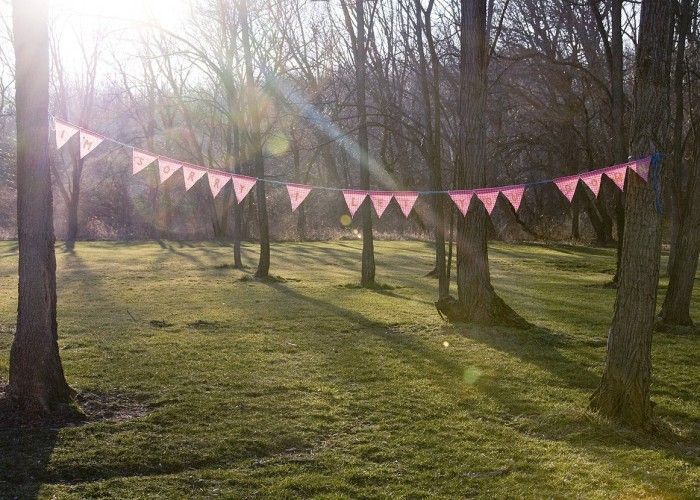
Untitled (Banner #1)
CB: Your photos sometimes include hand-made banners — do you see these as props/elements to the photo work, or as separate artworks you are documenting?
AM: The banners live somewhere between being props and being separate artworks. When I first started making banners, I intended to hang them in their specific locations, photograph them, and then leave them wherever they were. I thought they could be ephemeral and photographing them would be like documenting a piece of performance art. I’ve followed through on that plan with a couple banners, but I’ve taken many down after the shoot to bring back home. I’m not opposed to sharing those particular banners as artwork separate from the photograph. Even though they were made specifically to be props, the thought and craft invested in making them transforms them into art objects.
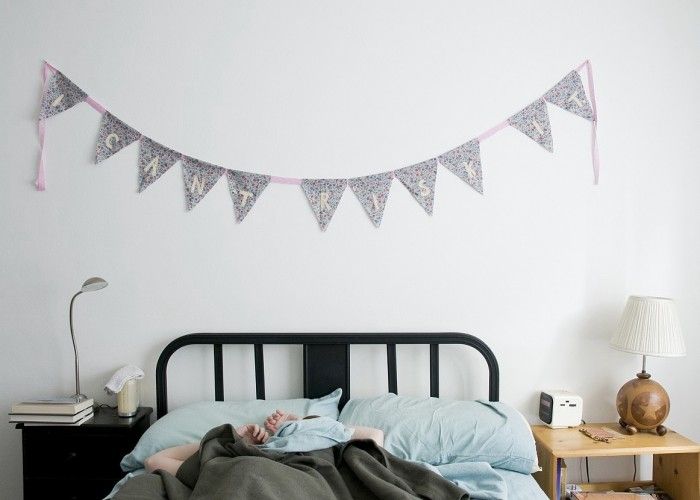
I can’t risk it.
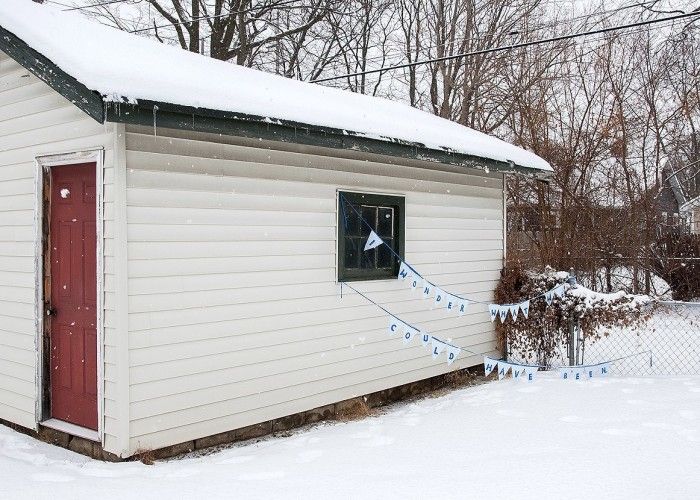
Untitled (Banner #3)
CB: How do you approach creating an image to express your concepts?
AM: I’d like to say I have a designated studio time to work on my projects, but due to erratic work schedules and bouts of general laziness, I don’t. Fortunately, I’ve realized that ruminating on an idea for a while is a huge part of my process. Sometimes this pondering process takes months. However, by the time I realize that I MUST MAKE THIS PHOTOGRAPH the main part of the idea is tight enough that I can move forward without feeling like I’ll be wasting precious time on a half-baked idea.
Little details may change over the course of shooting. If I’m working on a self portrait, I tend to shoot much more than I need with small adjustments to pose or expression. If I’ve constructed something for a photograph, I try not to take it down immediately so that I can shoot again with variables like different lighting at a different time of day or camera positioning.
Most of the time this method works and I can get the shooting process done in one session, but I’ve had some duds, I go back, consider what went wrong, and try it again.
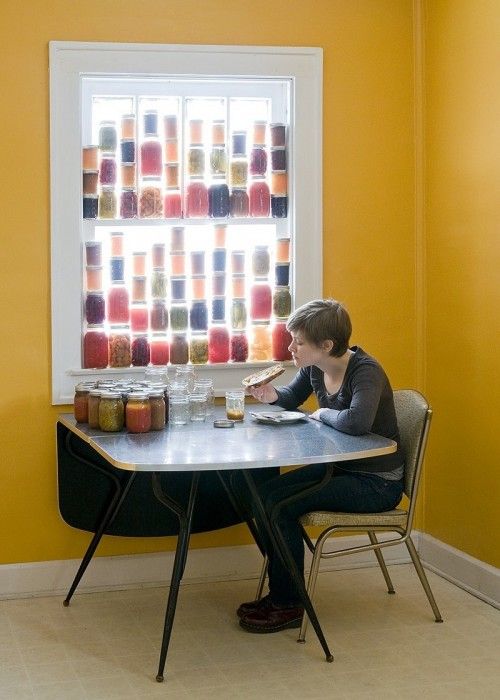
I’d rather keep it for myself.
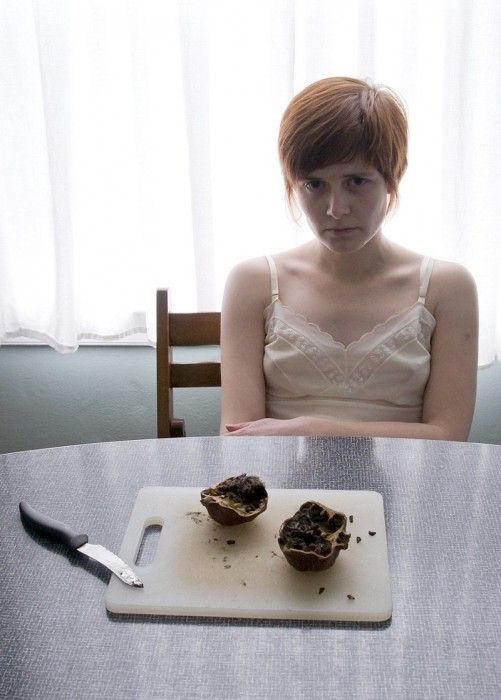
Missed my chance.
CB: You participate in projects like the Postcard Collective, and Crusade for Art’s program ‘Crusade Supported Art’ for print collectors, as well as involvement with the Society for Photographic Education — How important is it for yourself to market or self-promote?
AM: I think photographers are in a unique position in that so much of our work has a digital element which makes it easy to throw work on the internet for the world to see. If you’re trying to make a living with your creative/skilled work, you should probably be out there letting people know what you can do. It’s nice to know that people like or respect or are simply curious about what you’re doing. In college, I remember telling a professor that I won an award in a juried show. His response was something like, “Congrats! Now don’t get a big head.” That’s really stuck with me. For better or worse, I tend to downplay my achievements more than celebrate them.
Selections from Postcard Collective
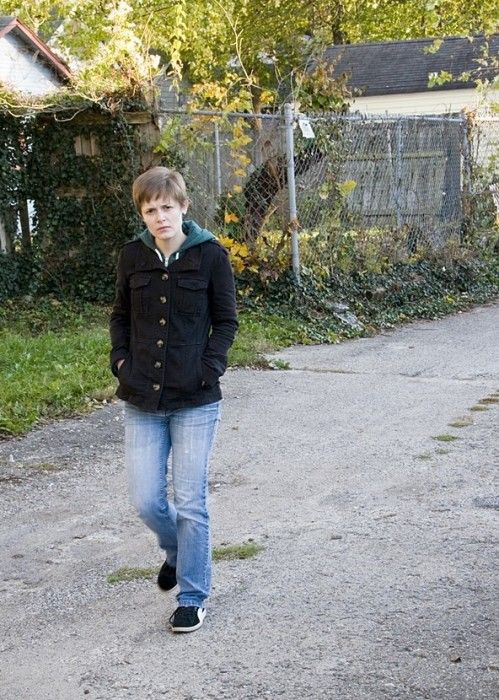
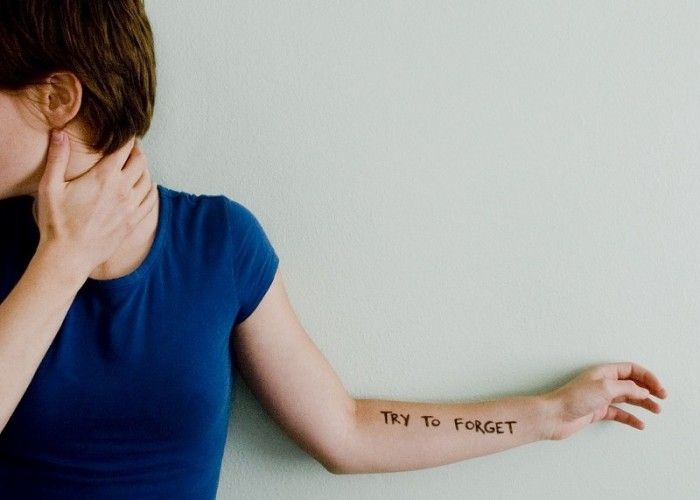
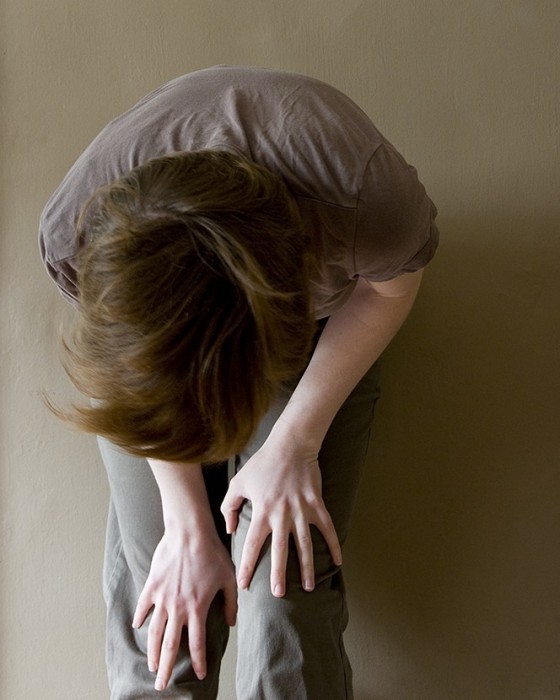
I participate in The Postcard Collective as a way to force myself to make new work and to be exposed to other people and their work. If sharing my work through avenues like The Postcard Collective leads to other opportunities, that’s great, but I’m just happy to be involved in a great artist community project. As for promoting gallery shows or Crusade for Art’s programs that I’ve been involved with, I want these ventures to succeed, and I like to help get more people interested.
CB: Artists over time have addressed the human feelings of anxiety, depression, fears, etc — Since your work is dealing with very personal issues, what type of reaction do you get most often to your work?
AM: I usually get a couple different reactions. People have said that the work is really funny, “hilarious” even, which I didn’t really understand. There are elements of dark humor in the photos, especially in the self-deprecating elements of “I love my lil’ deathtrap” and “His advice: Fake it til you make it,” but it makes me wonder how much they’re actually looking at/absorbing from the photos. On the opposite end of the spectrum, a friend’s father was struck by “She asked what I’d do when my sister is famous…” and said, “She’s so sad!” It’s hard to acknowledge tough feelings in a world where we’re not allowed to be sad, and this pushes those moments into the light. I think I appreciate that interpretation the most.
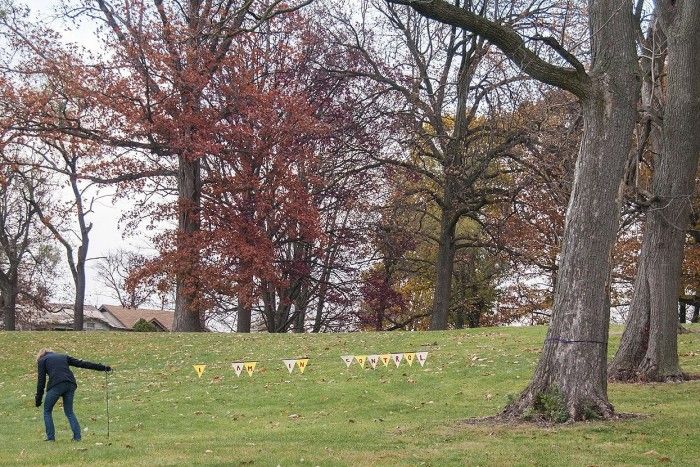
Now say it like you mean it.
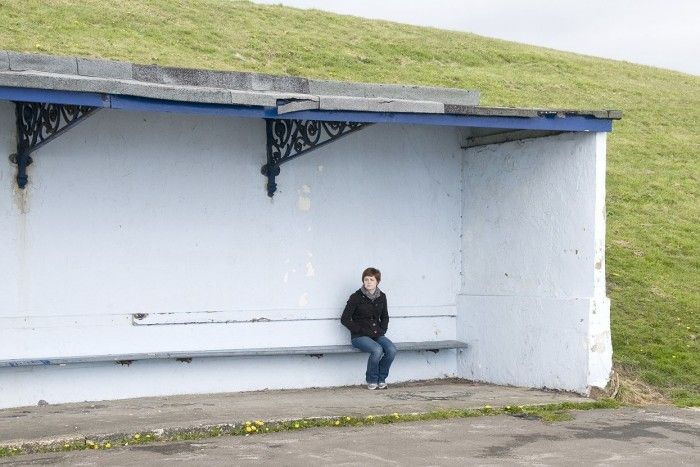
Let me give an honest assessment of how it all went.

Well, ain’t that hardcore.
CB: One might think it would be ‘safer’ to use a model and have a buffer of emotional distance — why not play it safe?
AM: There are several reasons why I use myself instead of models. One of my drawing professors at Ball State liked to say that when we are in need of a subject, we can always turn to ourselves. I’ve held on to that advice by using myself as both subject and model. I’ve worked as an model for drawing classes and artists for about 10 years. After being so closely analyzed for other people’s work, using myself as a subject has been a way to reclaim my body. If the photo is about me and my experiences, maybe it’s best to use my physical self in the image. I don’t have to explain motivation or feelings associated with a concept. The photo is just a natural expression.
CB: What gives you the most satisfaction in the creative process?
AM: My greatest satisfaction comes from simply getting something done and having something to show for my efforts. I spend a long time working out the logistics of a photograph and working on banners or other objects is satisfying because I get immediate tangible results. With every step in the process, I see the progress I’m making toward my end goal.
I feel best when I can marry the handcrafted and image making process. I’ve reshot several of the banner photos because one of those elements didn’t quite align with everything else, and I’ve had to put a few photos indefinitely on hold because I haven’t found the right conditions to get what I want. But when everything comes together it makes the whole process worthwhile.
Amelia Morris is a photographer based in Indianapolis, Indiana. Morris’ photographs are included in collections at Ball State University and the Kinsey Institute for Research in Sex, Gender, and Reproduction. She is an active member of the Postcard Collective, an international artist postcard exchange group. Morris was a 2013 Robert D. Beckmann, Jr. Emerging Artist Fellow through the Arts Council of Indianapolis. She won a “golden ticket” scholarship to attend the Photolucida portfolio review festival in 2013 and was a 2014 Critical Mass finalist.
Website: http://thanksandsorryphotos.com/home.html
About Cary Benbow
Photographer, Writer, Publisher of Wobneb Magazine
Location: Online Type: Interview




















Leave a Reply